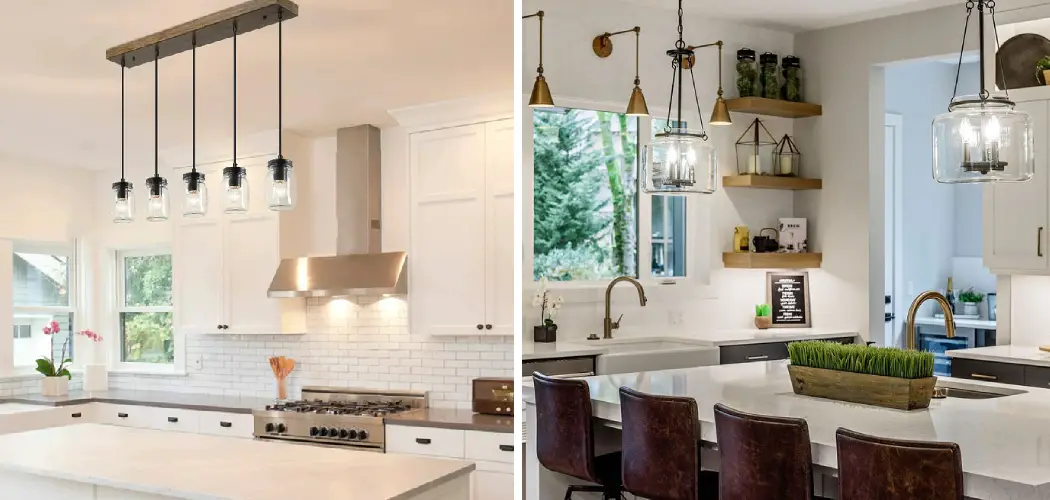Are you trying to create a cozy, inviting atmosphere in your home? Perhaps you’re planning for an event or just want to give the den some extra pizzazz. Whatever it may be, coordinating lighting fixtures throughout your home can add just the right touch of warmth and elegance that will make guests feel comfortable and welcome.
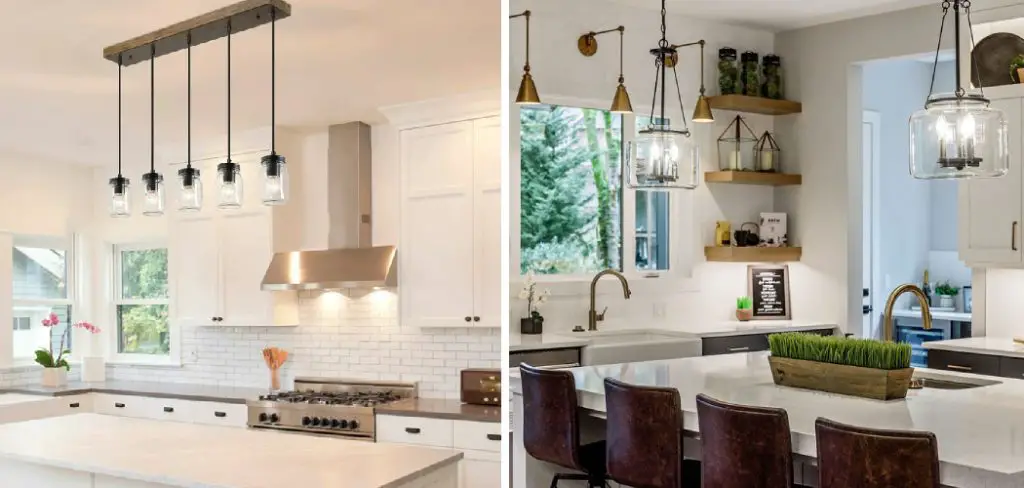
In this blog post, we’ll cover how to coordinate lighting fixtures and create a unified look throughout your home. We’ll discuss the different types of lighting fixtures, how to choose complementary pieces, and how to create a beautiful end result.
9 Best Ways on How to Coordinate Lighting Fixtures
1. Choose a Focal Point:
Before selecting lighting fixtures, decide which fixture will be the main focal point of your room. This could be a chandelier in the dining room, a sconce near the front door, or an art deco lamp in your bedroom. By picking one key piece, you can then choose secondary lighting elements that complement the primary light fixture.
2. Create a Balanced Look:
When decide coordinating lighting fixtures, it’s important to create a balanced look. Try selecting pieces of varying size and shape to give your space more visual interest. If you have two sofas facing each other, for instance, consider putting two-floor lamps in between them at an equal distance.
3. Mix and Match Styles:
Don’t be afraid to mix different styles of lighting fixtures. You can create visual contrast by combining a modern light with a vintage one or playing with colors and textures for added depth. Just remember to keep things within the same family – if you have an industrial-style chandelier in your living room, you don’t want to pair it with a country-style wall sconce.
4. Consider Function:
When selecting lighting fixtures for your home, consider their function. Do you need overhead lights for task lighting? Or perhaps some accent pieces to create a cozy atmosphere? Think about what type of light each fixture will provide and how it will enhance the room.
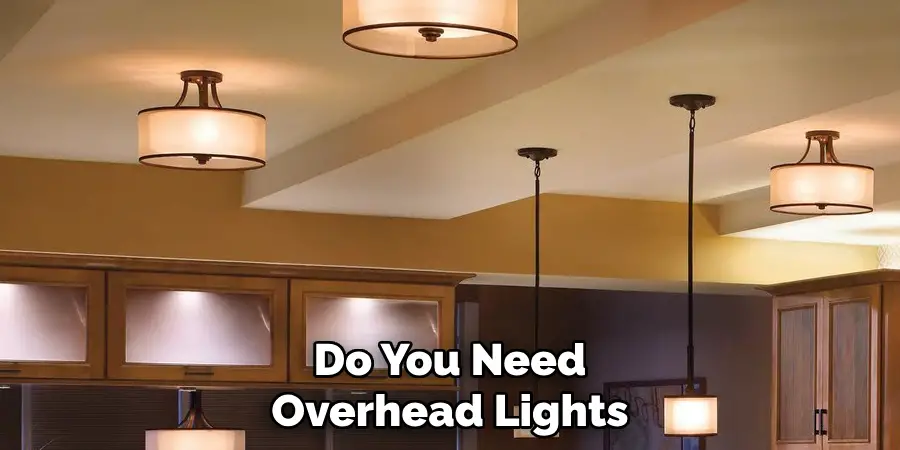
5. Use Appropriate Placement:
When deciding where to place your lighting fixtures, take into account the height of the ceiling as well as any existing furniture and other elements in the space. The right placement can make a huge difference in the way light is distributed throughout your home. For instance, if you have low ceilings, you may want to use flush-mounted light fixtures or wall sconces mounted high on the walls.
6. Incorporate Natural Light:
Don’t forget about natural light when planning your lighting scheme. Consider directional curtains or shades that can bring in more sunlight while still providing privacy. You can also incorporate mirrors into your design to reflect natural light and make the room appear brighter.
7. Think About Color Temperature:
Different types of lighting fixtures will emit different color temperatures. For instance, warm white lights (around 2700K – 3000K) have a softer hue that’s great for accent lighting or creating a comfortable atmosphere. Cool white lights (around 4500K – 6000K) on the other hand, are typically used for task lighting or creating a bright and airy feel.
8. Install Dimmers:
Dimmer switches are a great way to customize your lighting scheme and create the perfect ambiance in your home. They allow you to adjust the brightness of each fixture depending on what type of mood you’re trying to create. Installing dimmers can also help save energy and extend the lifespan of your lighting fixtures.

9. Layer Your Lighting:
The most important tip for coordinating lighting fixtures is to layer your lighting. This means using a combination of ambient, task, and accent lighting in each room to create the perfect balance between form and function.
Ambient lighting provides overall illumination while task lighting gives focused light to areas where you need it most, such as a kitchen counter or reading chair. Accent lighting adds interest and depth to the space by highlighting a painting or sculpture.
By following these tips, you can easily coordinate lighting fixtures throughout your home and create a unified look that’s both stylish and inviting. With careful planning and creative thinking, you can create a space that’s warm and welcoming for friends and family.
Additional Tips and Tricks to Coordinate Lighting Fixtures
- When shopping for lighting fixtures, consider the design of your home and what would fit best with it.
- Take into account the colors in your existing decor scheme before making a purchase.
- Mix and match different lighting fixtures to create an eclectic style that can make any room stand out.
- If you’re on a tight budget, consider second-hand fixtures that can still look stylish and unique.
- Consider how you use the space in your room when selecting lighting fixtures. Do you need bright overhead lighting for tasks or softer ambient lighting to set a cozy atmosphere?
- Don’t be afraid to experiment and explore different styles until you find the one that fits your home best.
- When hanging or installing a lighting fixture, make sure to measure the area where you plan to hang it and adjust accordingly.
- Don’t forget to factor in energy efficiency when shopping for lighting fixtures. Look for LED bulbs that can save you money on your electricity bills.
- If possible, look into smart home technology options that can allow you to control your lights from a distance.
- Whenever possible, hire an electrician to install or repair lighting fixtures for extra safety and peace of mind. This can help ensure that the job is done right the first time.
- Finally, don’t forget that accessories like shades and dimmers can add even more style to any room. Mix these options to create a unique and personalized look for your home.
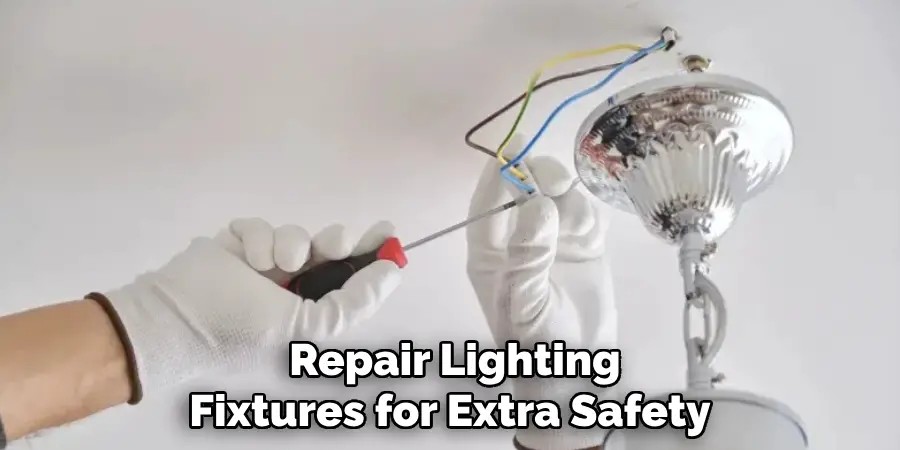
By following these tips and tricks, you can easily coordinate lighting fixtures in any room of your home. With the right knowledge, you can transform any space into an inviting and stylish one with ease. So go ahead and start experimenting today!
Frequently Asked Questions
How Do I Choose the Right Lighting Fixture for My Space?
When considering a new lighting fixture, it is important to consider the size of the room, the type of light desired (ambient, task-oriented, or accent), and any existing decor or furniture in order to ensure that all elements coordinate with one another.
Additionally, it may be helpful to bring in swatches of fabric or paint chips to the lighting store so that the color palette can be taken into account when selecting the right fixture.
What are Some Tips for Selecting a Light Fixture?
When selecting a light fixture, consider the overall style of your space and select a style that will complement its existing elements. Additionally, it is important to select the right light intensity based on the primary purpose of the fixture.
For example, a bright white light may be more suitable for a reading nook or task-oriented space than an area meant for relaxing and unwinding. Finally, take into account any other people who will inhabit your space when selecting a fixture—some prefer traditional styles while others may prefer something more modern.
What are Some Tips for Incorporating Multiple Light Fixtures in One Space?
When incorporating multiple fixtures into one space, it is important to ensure that they are all working together. For instance, if using a combination of ambient and task-oriented lights consider positioning the task light opposite the ambient one so that both can be seen from any angle.
Additionally, if including an overhead fixture make sure that any other fixtures in the room are complementary in terms of size and shape. Finally, when possible, try to incorporate layered lighting by mixing up task lights with wall sconces or table lamps for a more inviting atmosphere.
How Can I Incorporate Various Types of Lighting?
When considering different types of lighting fixtures, it is important to understand how they can be used together. For example, ambient and task-oriented lighting should work in harmony with one another to provide the necessary light for a space while accent lighting can be incorporated into those two types of fixtures in order to draw attention to specific areas such as artwork or furniture pieces.
Additionally, if possible consider incorporating natural light into your space to help brighten up the area during the day. Finally, make sure that all types of lighting are adjustable so that you can customize your environment depending on what is needed from moment to moment.
How Can I Keep My Lighting Fixtures Up to Date?
Lighting fixtures can easily become outdated if they are not kept in style with current trends. To keep your fixtures up-to-date, it is important to incorporate on-trend elements such as metallics, bold colors, and sleek shapes. Additionally, consider swapping out old bulbs with more energy-efficient LED ones for a modern look.
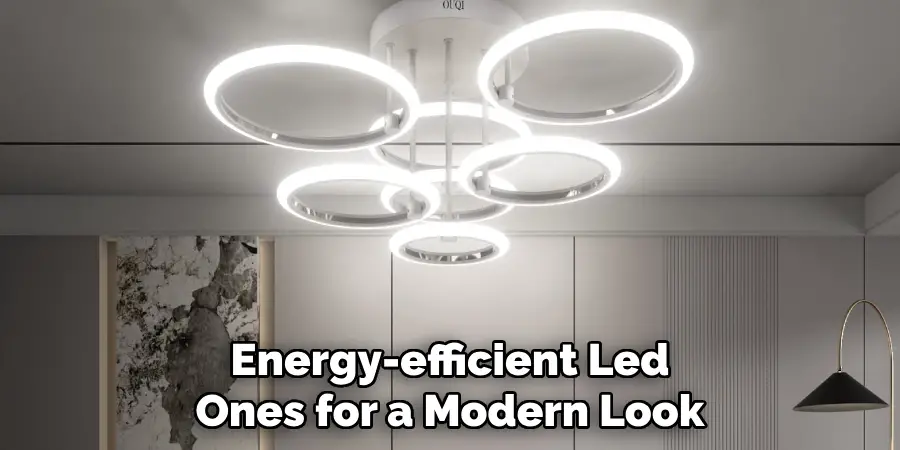
To ensure that the space does not become outdated quickly, try to select pieces that can easily transition from one style to another— for example, a pendant light with an adjustable cord can be moved higher or lower depending on the desired effect. Finally, consider swapping out your fixtures every few years to keep in style with current trends and ensure that your lighting remains fresh and updated.
Conclusion
All in all, knowing how to coordinate lighting fixtures in a space can be a tricky task. However, with the right research and careful consideration of the type of light desired, the size and shape of the room, existing decor, and personal taste, it is possible to select lighting fixtures that will coordinate well together and bring your space to life.
Additionally, by keeping up-to-date with current trends and swapping out old bulbs, it is possible to ensure that your lighting fixtures remain in style for years to come.

